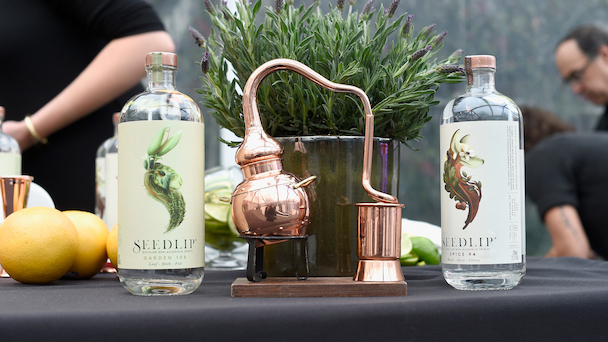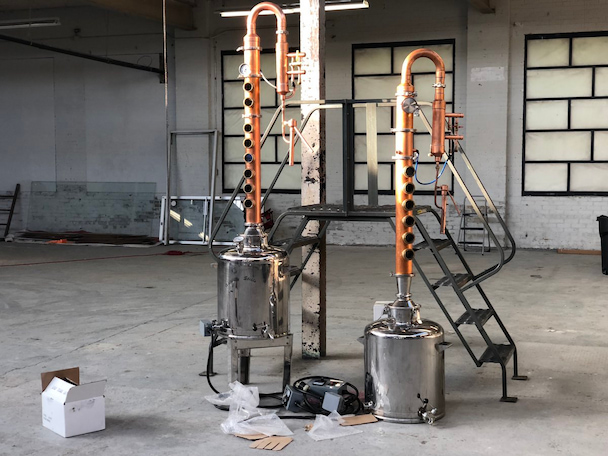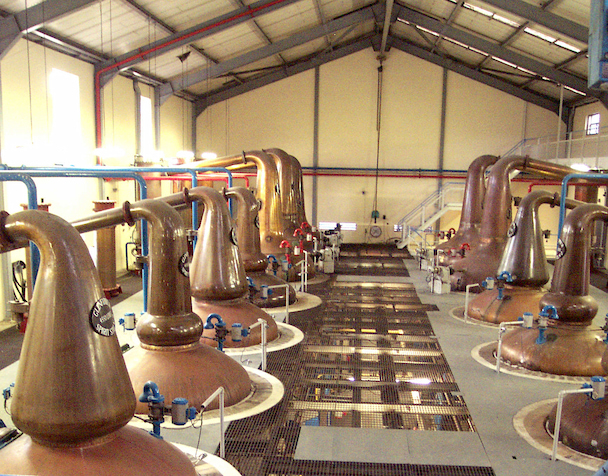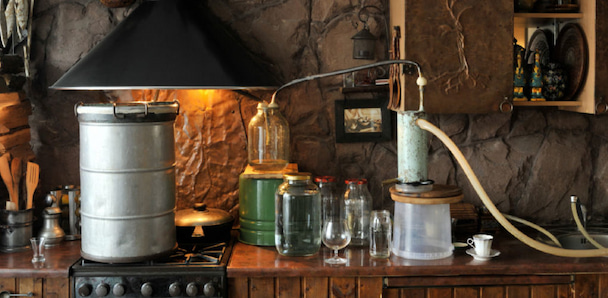Making Spirits: What You Need to Know to Get Started
If you plan to get into distilling gin, brandy, whiskey or rum, and there is no one around to ask for guidance, you might head straight to buying equipment. While you certainly need the proper gear to make a good spirit, that’s not the only thing you need. Things are not as simple with these kinds of drinks.
First, you need to check state regulations on distilling spirits. It’s possible that it didn’t occur to you to ask: Is distilling spirits legal in Australia? But you have to settle these issues to avoid trouble. To get started you need an excise manufacturer license. It’s free and required even if your production is for private consumption only and will never enter the market. Failing to secure this step of the process can result in hefty fines if you’re found out, so do sort it out before you delve deeper.

Once you have all the legal worries out of the way, you can proceed to obtain all the bits and pieces required to start your home distilling hobby.
Breakdown of the Still Equipment and the Distilling Process
There are three phases in spirit production: preparation, processing and bottling. The first phase consists of preparing the raw material (getting starch) and mashing to get the sugar. After this is done, you need to ferment the mash to get alcohol and then distil it to get pure spirit. The last phase can be as simple as bottling of the product or as elaborate as aging and blending the still.

Some elements of still making can involve your regular kitchen utensils, however you need specialised equipment to get a top product. Modern science does not comprehend all of the factors that contribute to premium stills, but simply uses patterns that worked in the past.
The crux of getting a good still is mostly in the processing phase, although the other steps are important as well. We will focus on the process of distilling the alcohol after fermentation because having reliable still equipment is crucial for home-brewed spirits. During fermentation. the alcohol is a result of interaction between sugar and yeast. Apart from getting the alcohol, you also get carbon dioxide. This is what’s called a wash still and it’s used for low alcohol wines.
Distilling the wash still is commonly done as a final step in the distilling process. Although some high-end distilleries might do more than one double-distillation, your home-brew spirit can be done by simply following the established formula. To do this you will need a tank (receiver) able to take the wash still in its entirety. This includes any unwanted byproducts as well.

Fortunately, each of those ingredients has different boiling points. The malt in the mixture has a boiling point which is somewhere in the middle. This means that there will be undesirable ingredients which boil before and after the precursor for your precious spirit.
The separation is done via condensation. As the mixture boils in the still vapour begins to gather on the neck and into the condenser. The temperature of all these pieces of still equipment is different. Therefore you are transforming the spirit back into liquid by transferring it into the next container.
One needs to be careful while operating the distiller. The first wave of undesirable byproducts (or the ‘head’) needs to be drained, then switch to capturing the good stuff (or the ‘heart’). And the capturing itself has to stop before the second wave of undesirables kicks in (or the ‘tail’). Your still making skills will mature in this process.
What follows afterwards is fairly obvious – you do your best to collect the ‘heart’ and prepare it for storage. The ‘head’ and ‘tail’ go back to be used in the next batch. There are certain aspects of distilling stills which are mystifying to this day. The ancient origins of alcohol fermentation in our civilization might play some role. How come we aren’t able to have a precise and clear understanding as to the source of it? Instead of considering mere hypothesis as to how all that started rolling, we would have had hard science by now. Unfortunately we don’t.

What we do know is that still quality depends on the material used to make it. And the best one is copper. There is some sort of chemical reaction with the tanks because the manner in which copper is consumed is visible after the fact. Then, there are the different shapes of stills. This one is even greater mystery. Maybe there are some secrets of the trade which get passed on to family members, but great brands do not divulge them. It can be noted though, that when a distillery grows in size, the experienced distillers do not opt for vessels which are bigger in size, rather they go for more copies of the exact vessels.
There are many distilling sets that are compiled for specifically beginners. These include pieces of still equipment which are bound to allow you to make your own spirit. The packs consist of: boiler, copper condenser, plastic fermenter, filter, measuring collector, spoon, hydrometer and other essential paraphernalia. Some even include a selection of essences that are to be used to refine your end product. Grab one of those and start distilling. You might find out you’re great at it and use your hobby to surprise your friends with a gin gift any time.






